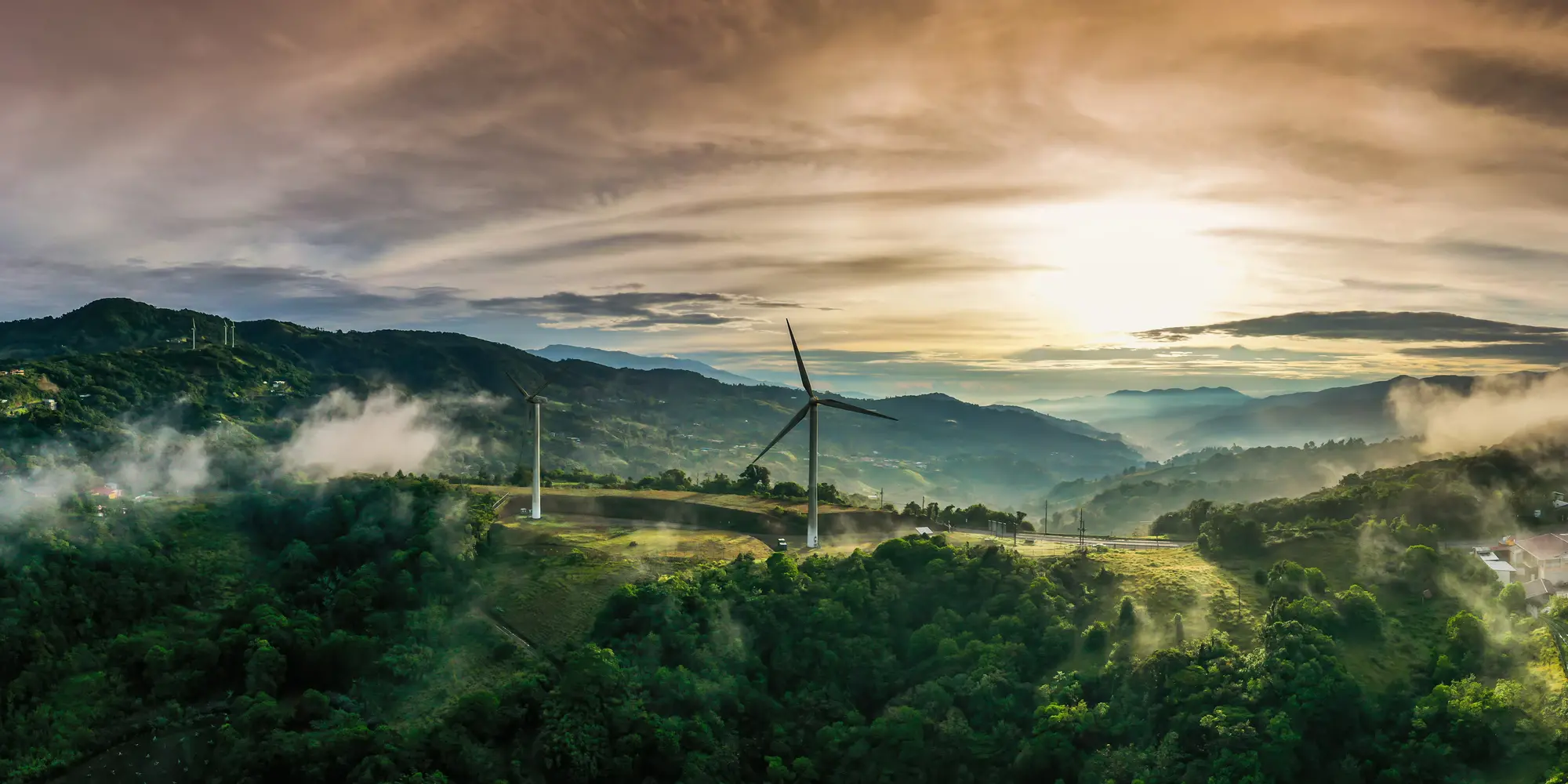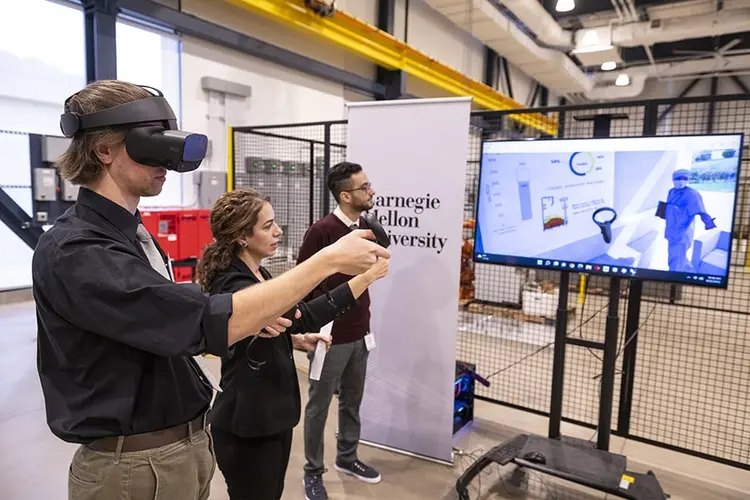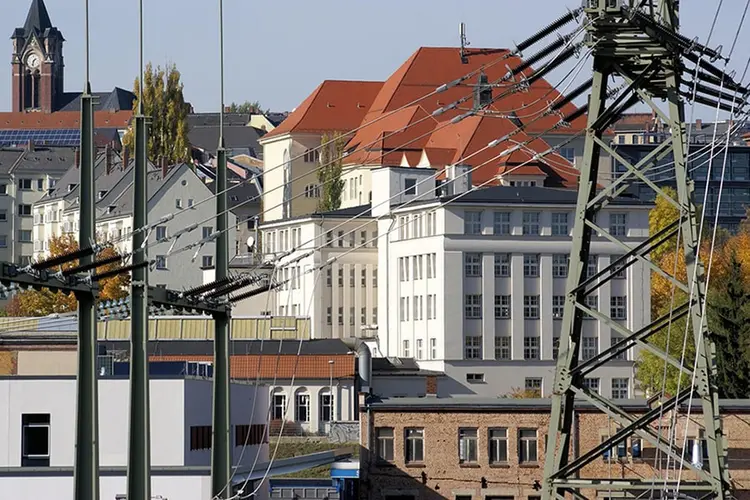
A Framework To Advance Green Hydrogen Production
Media Inquiries
In the early 2000s, Uruguay experienced a crippling energy crisis. Lacking oil or natural gas reserves, the Uruguayan government realized that if the country were to become energy independent, it had to move forward with renewables. Today, more than 95% of Uruguay’s electricity is generated from renewable sources, chiefly wind and hydropower.
However, renewables are intermittent, so ensuring a reliable power supply at peak demand times requires an expensive over-installation of capacity. This in turn results in excess of energy at times when the demand is not at its peak. This excess of energy can be sold to neighboring countries/states, but a problem remains: If neighboring countries/states don’t need the energy, then what should be done with it?
This question challenged Ana Torres(opens in new window), an assistant professor in Carnegie Mellon University’s Department of Chemical Engineering(opens in new window), who began her academic career in Uruguay.
She published several papers on storing the excess of renewable energy in batteries in Uruguay, but then, she notes, “the country saw the opportunity to use the surplus of renewable energy to produce green hydrogen.”
With the Uruguayan electricity sector decarbonized, Torres, who focuses on process systems engineering for clean and sustainable energy, saw opportunities for using green hydrogen to decarbonize transportation, along with other aspects of the Uruguayan economy, including the chemical industry.
According to Torres, the International Renewable Energy Agency posits that “the hydrogen economy is expected to account for 12% of final energy use by 2050 in a below 1.5 degrees Celsius global warming scenario.” But generating large amounts of hydrogen from renewables is not cheap or easy. Green hydrogen results when water goes through a process called electrolysis that is powered by renewable sources. During this process, an electrolyzer splits the water into hydrogen and oxygen. There are different ways to make green hydrogen, but prior to Torres’ research, there wasn’t a systematic way to determine the best methods for commercial production.
Using Uruguay as a test study, Torres spent two years creating an all-encompassing superstructure-based optimization framework that evaluates green-hydrogen production at different scales by the selection of power sources, different types and sizes of electrolyzers, and storage devices.
“This superstructure is a process of all processes,” Torres said. “We have this superstructure, as we call it, that is a master flow sheet that accounts for all the possibilities for producing green hydrogen from different sources of renewable energy. We can write a model from that, and we can solve that model using optimization techniques.”
The framework’s flexibility allows for technologies to be evaluated in a way that takes advantage of their different efficiencies and costs. To test the framework, she conducted four test cases that featured small-sized hydrogen production plants and large-scale hydrogen production. Two of the studies evaluated the technologies to find optimal combinations and run what-if scenarios to identify synergies, while the other two studies aimed to satisfy an application by only considering technology devices already on the market.
Through simulations, Torres determined that solid oxide electrolyzers hold future promise, and if we are to choose currently available market alternatives, then alkaline electrolysis is preferred over proton exchange membrane electrolysis. Electrolyzers are key to green-hydrogen production, and the insight from Torres’ research contributes much needed information on the performance and operating costs of electrolyzer systems.
“In this model, we used data from Uruguay, but the idea now is to use data from the United States to see if the same processes that I observed in Uruguay will also be optimal in the United States,” Torres said. “My guess is that they won’t because here in the United States, it’s a much larger country with more climate options. For example, you have a desert where there is not much wind but more sun. That would change the economics of the process for sure, but it might also change which type of technology is more relevant for that region.
“From a process design perspective, green-hydrogen production is a much more difficult problem than the problems we have been taught to solve. It’s very difficult because of the intermittences. We cannot design a process for a steady state. We must design processes that work at less than 90% or 100% capacity, and we have to be able to shut the systems on and off as required.”
Ana Torres research was published in Chemical Engineering Research and Design(opens in new window).


